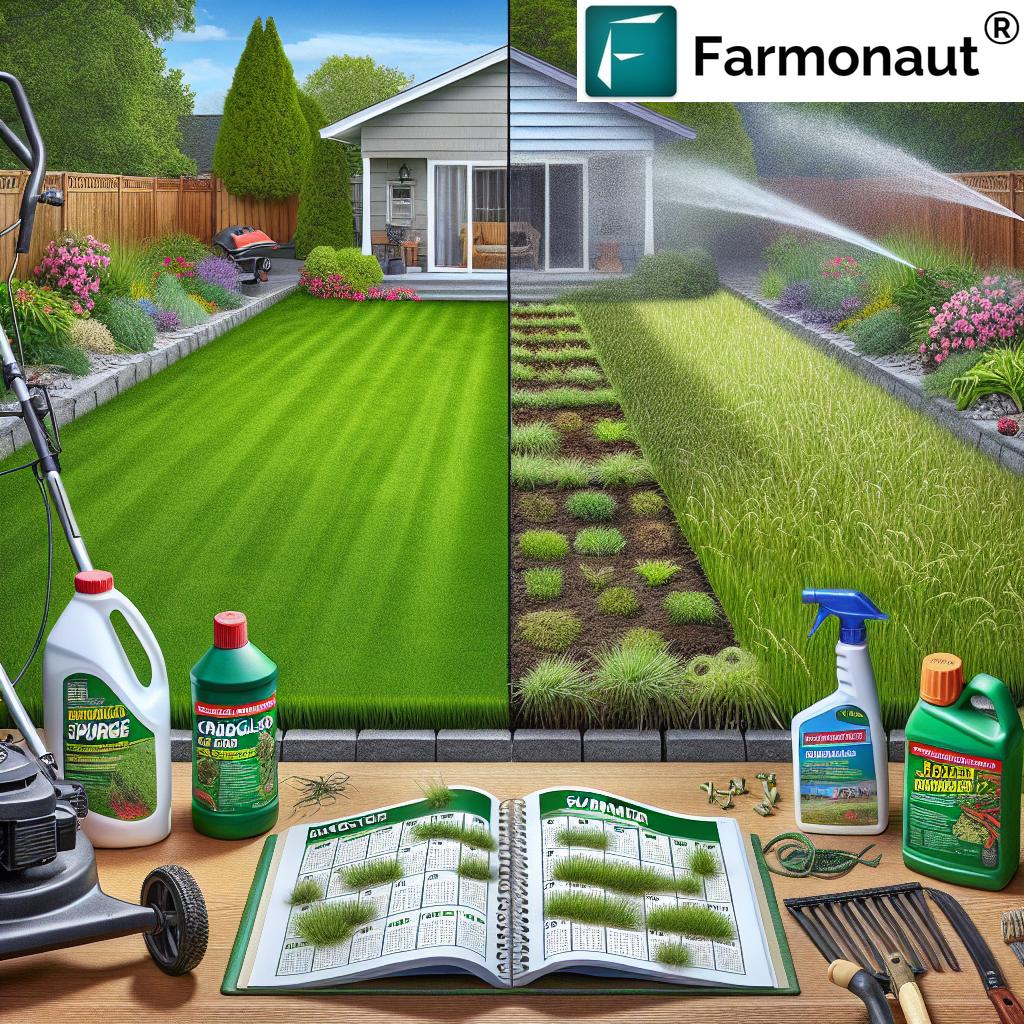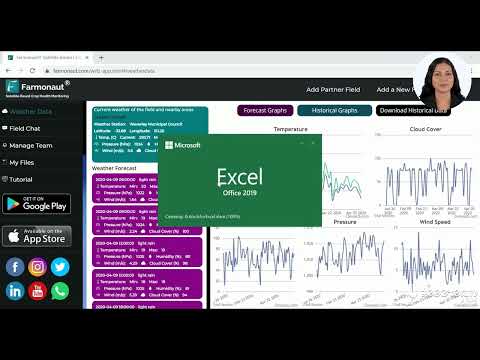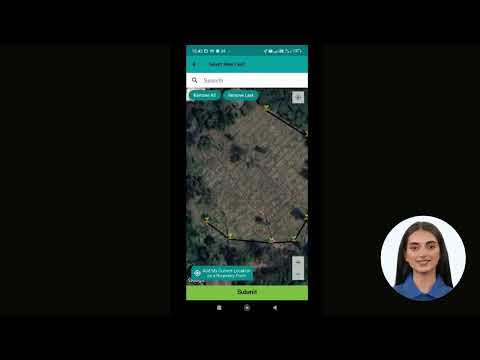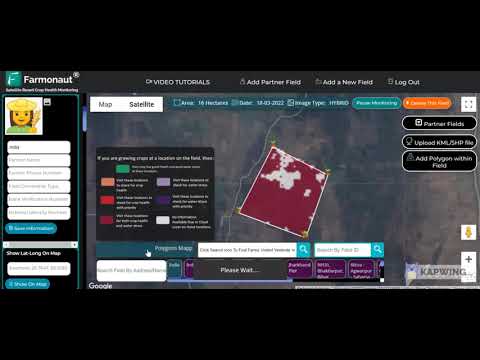Ultimate Guide: Spring Lawn Care Tips for Weed Prevention in Salt Lake City

“In Salt Lake City, pre-emergent lawn sprays are most effective when soil temperatures reach 55-58°F, typically in early spring.”
Welcome to our comprehensive guide on spring lawn care and weed prevention in Salt Lake City! As the snow melts and the days grow longer, it’s time to prepare our lawns for the upcoming summer season. In this article, we’ll explore effective strategies for maintaining a lush, weed-free lawn that will be the envy of your neighborhood.
Understanding the Importance of Spring Lawn Care
Spring is a crucial time for lawn care, especially in Salt Lake City’s unique climate. As temperatures rise and soil warms, dormant weeds begin to germinate, posing a threat to your lawn’s health and appearance. By taking proactive steps in early spring, we can prevent weed growth and set the stage for a beautiful, thriving lawn throughout the summer months.
The Role of Pre-emergent Herbicides
One of the most effective tools in our spring lawn care arsenal is pre-emergent herbicides. These products work by creating a barrier in the soil that prevents weed seeds from germinating. When applied at the right time, pre-emergents can significantly reduce the number of weeds that appear in your lawn.
Timing is Everything
The key to successful pre-emergent application is timing. In Salt Lake City, the ideal window for application is typically from late March to early April. However, rather than relying solely on the calendar, it’s best to use environmental cues and soil temperature as your guide.
- Soil Temperature: Apply pre-emergents when soil temperatures consistently reach 50-55°F at a depth of 2-3 inches.
- Natural Indicators: Watch for forsythias finishing their bloom or lilacs beginning to leaf out as signs that it’s time to apply.
Choosing the Right Pre-emergent Products
Not all pre-emergents are created equal. Different products target various types of weeds, so it’s essential to choose the right one for your lawn’s specific needs.
For Annual Grasses
Products containing active ingredients like prodiamine, dithiopyr, or pendimethalin are effective against annual grasses such as crabgrass and foxtail. Some popular options include:
- Dimension
- Barricade
- Scotts Halts
For Broadleaf Weeds
To target broadleaf weeds like spurge, black medic, and wood sorrel, look for products containing isoxaben. Some options include:
- BioAdvanced Season Long Weed Control for Lawns
- Fertilome Broadleaf Weed Control with Gallery
Pro Tip: For comprehensive weed control, consider using a combination of products or look for a pre-emergent that targets both grassy and broadleaf weeds.
Application Techniques for Maximum Effectiveness
Proper application of pre-emergents is crucial for their effectiveness. Here are some tips to ensure you get the most out of your weed prevention efforts:
- Even Coverage: Use a spreader to ensure uniform distribution across your lawn.
- Water In: After application, water your lawn lightly to activate the product and help it penetrate the soil.
- Timing with Precipitation: If possible, time your application just before light rain or snow to help incorporate the product into the soil naturally.
- Avoid Disturbance: Once applied, minimize soil disturbance in treated areas to maintain the protective barrier.

Beyond Pre-emergents: Comprehensive Lawn Care Strategies
While pre-emergents are a powerful tool in weed prevention, they’re just one part of a holistic lawn care approach. To truly cultivate a healthy, weed-resistant lawn, we need to address several key areas:
Proper Mowing Techniques
“Proper mowing techniques can reduce weed growth by up to 50-80% in residential lawns, according to lawn care experts.”
How you mow your lawn can significantly impact its health and resistance to weeds. Follow these guidelines for optimal results:
- Mowing Height: Keep your grass at a height of 2.5 to 3 inches. Taller grass shades the soil, preventing weed seeds from germinating.
- Frequency: Mow regularly, removing no more than 1/3 of the grass blade length at a time.
- Sharp Blades: Ensure your mower blades are sharp to make clean cuts, reducing stress on the grass.
Effective Watering Practices
Proper watering is crucial for maintaining a healthy lawn that can outcompete weeds. Here’s how to water effectively:
- Deep and Infrequent: Water deeply (about 1 inch) but less frequently to encourage deep root growth.
- Timing: Water early in the morning to reduce evaporation and fungal growth.
- Even Distribution: Ensure your sprinkler system provides uniform coverage to prevent dry spots where weeds can thrive.
For those interested in optimizing their watering practices, Farmonaut’s satellite-based farm management solutions can provide valuable insights into soil moisture levels and irrigation needs.
Soil Management and Fertilization
Healthy soil is the foundation of a weed-resistant lawn. Consider these soil management practices:
- Soil Testing: Conduct a soil test to determine pH levels and nutrient deficiencies.
- pH Adjustment: Most grasses prefer a slightly acidic soil (pH 6.0-7.0). Add lime to raise pH or sulfur to lower it if needed.
- Fertilization: Apply a balanced fertilizer based on your soil test results. In Salt Lake City, a general recommendation is to fertilize in early spring, late spring, and fall.
Addressing Underlying Lawn Issues
Sometimes, persistent weed problems are symptoms of underlying lawn health issues. Before relying solely on herbicides, consider these potential problems:
Soil Compaction
Compacted soil restricts root growth and water penetration, creating an environment where weeds can thrive. To alleviate compaction:
- Aerate your lawn annually, preferably in the fall.
- Reduce foot traffic on sensitive areas.
- Add organic matter to improve soil structure.
Poor Drainage
Areas with poor drainage can become breeding grounds for weeds that thrive in moist conditions. To improve drainage:
- Grade your lawn to direct water away from problem areas.
- Install French drains or other drainage systems if necessary.
- Consider raised beds or alternative landscaping in chronically wet areas.
Shade Issues
Many turf grasses struggle in heavily shaded areas, allowing shade-tolerant weeds to take over. To address this:
- Prune trees to allow more sunlight to reach your lawn.
- Consider shade-tolerant grass varieties for problematic areas.
- Use mulch or shade-loving ground covers in areas too shady for grass.
Integrated Weed Management Approach
An integrated approach to weed management combines various strategies for the most effective results. Here’s how to create a comprehensive plan:
- Prevention: Use pre-emergents and cultural practices to prevent weed establishment.
- Monitoring: Regularly inspect your lawn for signs of weed growth or lawn stress.
- Identification: Correctly identify weeds to choose the most effective control methods.
- Cultural Controls: Implement proper mowing, watering, and fertilization practices.
- Mechanical Controls: Hand-pull or use tools to remove established weeds.
- Chemical Controls: Use herbicides judiciously when other methods are insufficient.
By combining these strategies, you can create a robust defense against weeds while promoting overall lawn health.
Seasonal Lawn Care Timeline for Salt Lake City
| Time Period | Soil Temperature | Recommended Actions | Target Weeds | Suggested Products |
|---|---|---|---|---|
| Early Spring (Late March – Early April) | 45-50°F |
– Apply pre-emergent herbicides – Light raking to remove debris – Soil testing |
Crabgrass, Foxtail | Dimension, Barricade |
| Mid-Spring (April – Early May) | 50-60°F |
– First mowing of the season – Apply balanced fertilizer – Spot-treat early broadleaf weeds |
Dandelion, Chickweed | Isoxaben-based products |
| Late Spring (May – Early June) | 60-70°F |
– Regular mowing (2.5-3 inches high) – Deep watering (1 inch per week) – Overseed bare patches |
Spurge, Black Medic | Post-emergent herbicides (as needed) |
Leveraging Technology for Precision Lawn Care
In today’s digital age, technology can play a significant role in optimizing our lawn care efforts. While traditional methods remain effective, incorporating modern tools can enhance our ability to maintain healthy, weed-free lawns.
Satellite-Based Lawn Monitoring
Satellite technology, such as that offered by Farmonaut, can provide valuable insights into your lawn’s health. These tools can help you:
- Monitor vegetation health through NDVI (Normalized Difference Vegetation Index) analysis
- Track soil moisture levels to optimize watering schedules
- Identify potential problem areas before they become visible to the naked eye
By leveraging this technology, you can take a more proactive approach to lawn care, addressing issues before they escalate into significant problems.
Smart Irrigation Systems
Integrating smart irrigation controllers with weather data and soil moisture sensors can significantly improve your watering efficiency. These systems can:
- Automatically adjust watering schedules based on local weather conditions
- Prevent overwatering, which can lead to shallow root systems and increased weed growth
- Save water and reduce utility costs
Lawn Care Apps and Online Resources
Numerous apps and online platforms can help you stay on top of your lawn care routine. These tools often provide:
- Customized care schedules based on your location and grass type
- Reminders for important tasks like fertilization and pre-emergent application
- Access to expert advice and troubleshooting guides
Consider exploring options like the  or
or  to enhance your lawn care strategy.
to enhance your lawn care strategy.
Eco-Friendly Weed Control Alternatives
For those looking to reduce their reliance on chemical herbicides, there are several eco-friendly alternatives worth considering:
Corn Gluten Meal
This natural pre-emergent can help prevent weed seeds from germinating while also providing a nitrogen boost to your lawn. Apply it in early spring, just as you would a traditional pre-emergent.
Vinegar-Based Herbicides
A solution of vinegar, salt, and dish soap can be effective against young weeds. However, use caution as this mixture can also harm desirable plants and alter soil pH.
Boiling Water
For weeds in cracks or along edges, pouring boiling water can be a simple and effective control method. This works best on young, annual weeds.
Mulching
Applying a thick layer of organic mulch in garden beds and around trees can suppress weed growth while improving soil health.
Dealing with Persistent Weed Problems
Sometimes, despite our best efforts, certain weeds can persist. Here’s how to deal with some common stubborn weeds in Salt Lake City:
Dandelions
- Use a dandelion fork to remove the entire taproot
- Apply spot treatments with selective herbicides
- Improve overall lawn health to outcompete dandelions
Crabgrass
- Focus on prevention with timely pre-emergent applications
- Hand-pull small infestations before they spread
- Use post-emergent herbicides specifically designed for crabgrass
Bindweed
- Persistent pulling or cutting to exhaust the root system
- Apply systemic herbicides for severe infestations
- Use mulch or landscape fabric to smother bindweed in garden areas
Professional Help: When to Call in the Experts
While many lawn care tasks can be handled by homeowners, there are times when professional assistance may be beneficial:
- Severe Weed Infestations: If weeds have taken over large portions of your lawn
- Complex Soil Issues: When soil tests reveal significant imbalances or deficiencies
- Time Constraints: If you lack the time to devote to regular lawn maintenance
- Specialized Equipment Needs: For tasks like core aeration or large-scale herbicide application
Professional lawn care services can provide expertise, efficient treatments, and often have access to commercial-grade products not available to homeowners.
Monitoring and Adjusting Your Lawn Care Strategy
Effective lawn care is an ongoing process that requires regular monitoring and adjustment. Here are some tips for keeping your strategy on track:
- Keep a Lawn Care Journal: Record treatments, weather conditions, and results
- Regular Inspections: Walk your lawn weekly to catch issues early
- Soil Testing: Conduct annual soil tests to track improvements and identify new issues
- Stay Informed: Keep up with local extension office recommendations and new lawn care developments
By staying vigilant and adaptable, you can continuously refine your approach for the best possible results.
Conclusion: Cultivating a Healthy, Weed-Free Lawn in Salt Lake City
Maintaining a beautiful, weed-free lawn in Salt Lake City requires a combination of proactive measures, timely interventions, and ongoing care. By understanding the local climate, implementing a comprehensive weed prevention strategy, and leveraging both traditional methods and modern technology, you can achieve a lush, healthy lawn that enhances your home’s curb appeal and provides a welcoming outdoor space for your family.
Remember, the key to success lies in consistency and adaptability. Stay committed to your lawn care routine, but be willing to adjust your approach based on your lawn’s specific needs and responses. With patience and persistence, you’ll be well on your way to enjoying a vibrant, weed-free lawn throughout the spring and summer months in Salt Lake City.
For those looking to take their lawn care to the next level, consider exploring the advanced features offered by Farmonaut’s agricultural technology solutions. While primarily designed for larger-scale agricultural applications, many of their insights and tools can be adapted for residential lawn care, providing you with data-driven approaches to maintain a healthy, thriving lawn.
FAQs about Spring Lawn Care and Weed Prevention in Salt Lake City
- Q: When is the best time to apply pre-emergent herbicides in Salt Lake City?
A: The ideal time is typically late March to early April, when soil temperatures consistently reach 50-55°F. - Q: Can I seed my lawn and apply pre-emergent herbicides at the same time?
A: No, most pre-emergents will prevent grass seed from germinating. Wait at least 6-8 weeks after applying pre-emergents before seeding. - Q: How often should I water my lawn in spring in Salt Lake City?
A: In spring, water deeply (about 1 inch) but infrequently, typically once or twice a week, depending on rainfall and temperature. - Q: Are organic weed control methods effective in Salt Lake City?
A: Yes, methods like corn gluten meal, hand-pulling, and proper lawn care practices can be effective, especially when used consistently over time. - Q: How can I tell if my lawn needs aeration?
A: Signs include water pooling, thinning grass, and difficulty pushing a screwdriver into the soil. Most lawns benefit from annual aeration.
By following these comprehensive spring lawn care tips and weed prevention strategies, you’ll be well on your way to maintaining a beautiful, healthy lawn in Salt Lake City. Remember, consistency is key, and don’t hesitate to seek professional help if you encounter persistent issues. Happy gardening!



